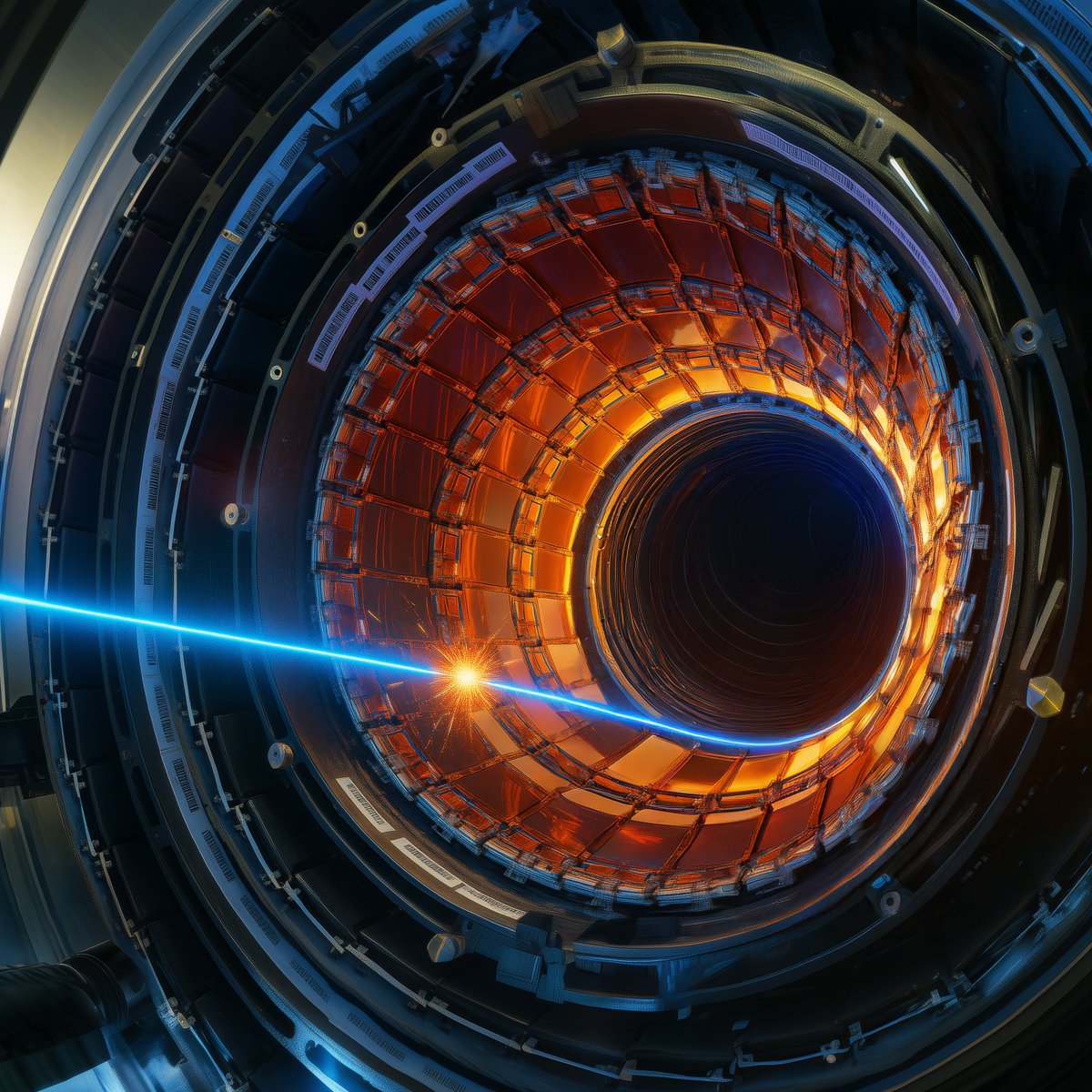NEWS🚨: Every 44 minutes, Earth gets a signal — NASA now knows who’s sending it — unknown object sending both radio waves and X-rays with such perfect timing has defied current understanding of the universe! 

The object is called ASKAP J1832−0911, or ASKAP J1832.
It belongs to “long period radio transients” — discovered in 2022 — that change in radio wave intensity over tens of minutes.
It belongs to “long period radio transients” — discovered in 2022 — that change in radio wave intensity over tens of minutes.
Unlike pulsars, which vary many times per second, ASKAP J1832 cycles every 44 minutes.
This makes it thousands of times slower.
This makes it thousands of times slower.
Using NASA’s Chandra X-ray Observatory, scientists found ASKAP J1832 also varies in X-rays every 44 minutes.
This is the first time such a signal has been seen in this class.
This is the first time such a signal has been seen in this class.
It also showed a dramatic drop in both X-rays and radio waves over 6 months.
This combination of short cycles and long-term changes is new to science.
This combination of short cycles and long-term changes is new to science.
ASKAP J1832’s properties do not match pulsars or neutron stars pulling material from a companion.
It might be an old magnetar, but some of its bright, variable radio signals are hard to explain for that.
It might be an old magnetar, but some of its bright, variable radio signals are hard to explain for that.
It could be a white dwarf star with a companion.
If so, it would need the strongest magnetic field ever found for a white dwarf in our galaxy.
If so, it would need the strongest magnetic field ever found for a white dwarf in our galaxy.
On the sky, ASKAP J1832 appears near a supernova remnant.
The team says the location is likely a coincidence.
The team says the location is likely a coincidence.
Two teams discovered ASKAP J1832 at almost the same time in 2022.
Only the Chandra team reported the X-ray behavior.
Only the Chandra team reported the X-ray behavior.
ASKAP J1832 is forcing astronomers to rethink what’s possible for long period radio transients.
Its exact nature remains a mystery.
Its exact nature remains a mystery.
• • •
Missing some Tweet in this thread? You can try to
force a refresh












